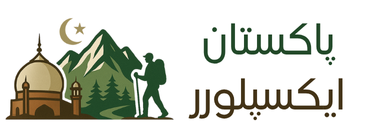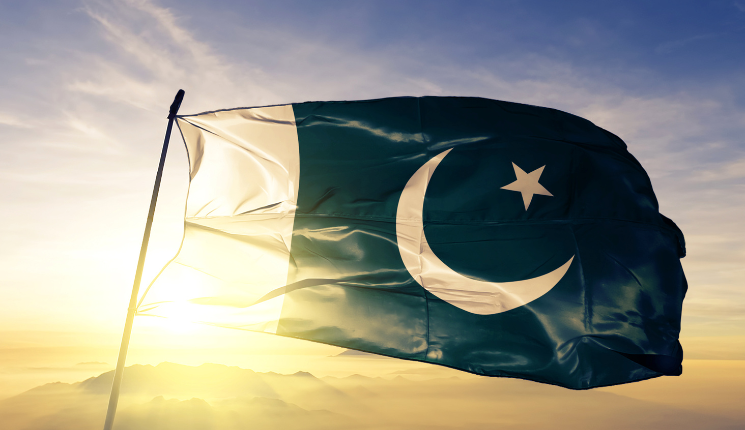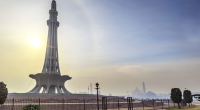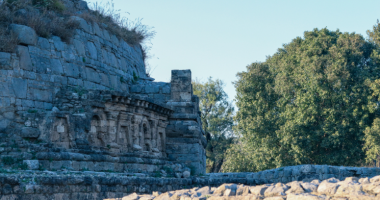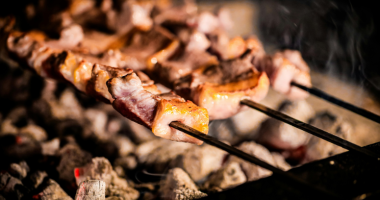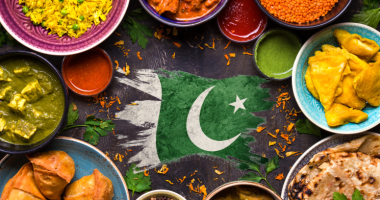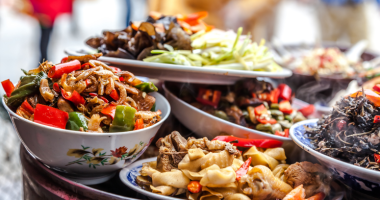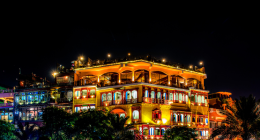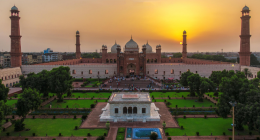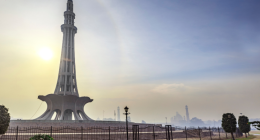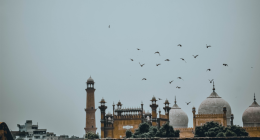When you visit Pakistan, you’re in for much more than just mountain views and ancient ruins. The country offers a fascinating journey into taste and tradition. This Pakistani Food and Culture guide is your ticket to blending in, eating well, and connecting deeply with local customs.
With warm hospitality, bold flavors, and a few important unspoken rules, knowing the basics can go a long way. Let’s walk through what makes Pakistan such a rich, welcoming place for travelers.
Understanding Pakistani Traditions and Culture
Hospitality is deeply woven into Pakistani life. Guests are honored—often served first, offered the best seats, and treated with genuine warmth. Religion also shapes many traditions. Since Islam is the primary faith, modesty and respect for elders are cultural anchors.

Traditional values show up in how people dress, speak, and greet one another. Expect to hear “Assalamu Alaikum,” see handshakes between men, and experience tight-knit family bonds. Community is everything here, and it’s expressed through food and gatherings.
Signature Flavors and Meals
You can’t talk about Pakistani Food and Culture without diving into the country’s bold and spicy cuisine. Whether you’re eating with a family or at a roadside dhaba, the dishes here are a feast for the senses.
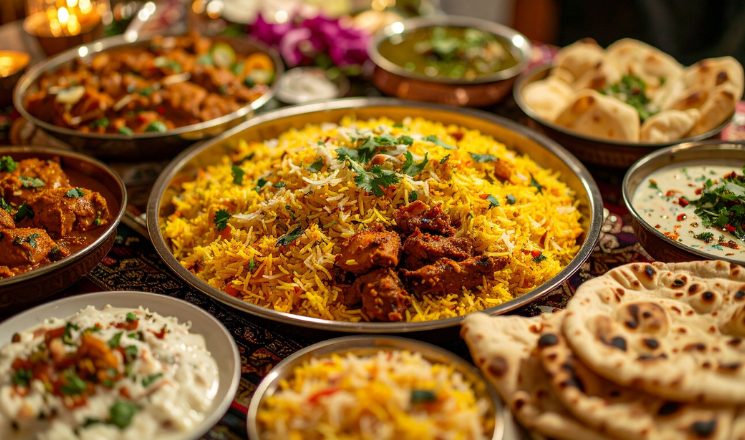
Typical staples include:
- Biryani – Spicy rice with meat and saffron, a festive favorite
- Karahi – A thick curry cooked in a wok-like pan, often made with chicken or mutton
- Roti and Naan – Essential breads used to scoop up every bite
- Daal – Lentil stew that’s hearty and full of comfort
- Halwa Puri – A sweet and savory breakfast served on weekends
Every region adds its own flair. For example, Sindhi dishes lean tangy, Punjabi food is extra bold, while Balochi Sajji is simple but rich in smoky flavor.
You’ll quickly realize that food is a shared experience here—and that leads us right to dining norms.
Dining Etiquette and Traditions
In Pakistan, eating is a social event, not just a necessity. When invited for a meal, it’s considered respectful to bring along sweets or fruit. Also, always wait until your host invites you to start eating.
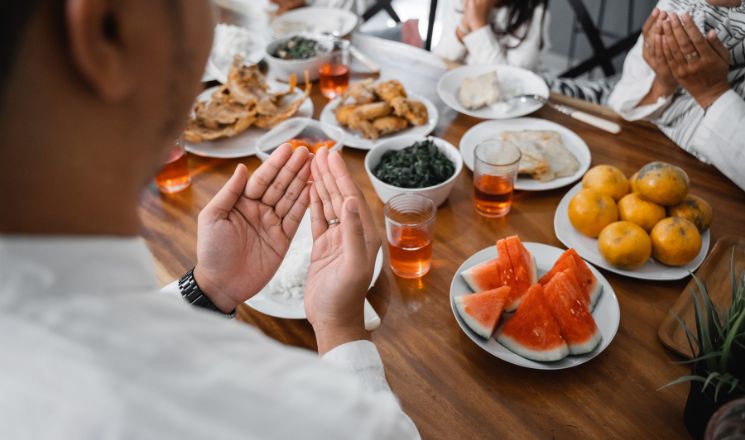
And here’s a key tip: use your right hand to eat, especially when scooping food with bread. The left hand is considered unclean in many cultural contexts, so it’s best kept for other tasks.
While sitting on the floor is still common in traditional homes, you’ll also find many families using dining tables. Either way, meals are shared, so don’t pile your plate high—take smaller portions first and go back for seconds.
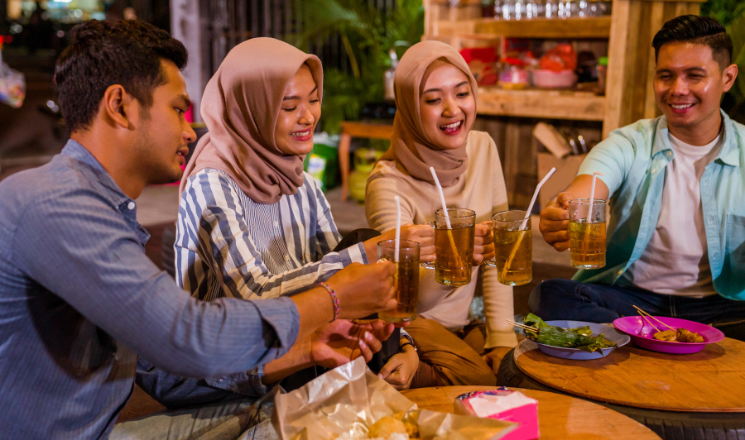
Tea, especially chai, is a must-have in every home and gathering. Refusing it outright can seem impolite, so even a small sip is appreciated.
Clothing Norms in Pakistani Society
Dressing modestly helps you blend in and shows respect. For men, loose shirts and trousers are fine, while a shalwar kameez earns you cultural points. For women, covering shoulders, arms, and legs is a good practice, and carrying a scarf is useful for mosque visits.

In cities like Islamabad or Lahore, you’ll see more modern styles, but even there, modesty remains key. Local clothing is not only respectful—it’s incredibly comfortable in the climate.
Key Etiquette in Pakistani Culture
Respecting social customs goes hand in hand with enjoying Pakistani food and lifestyle. Here are a few important dos and don’ts:
Dos:
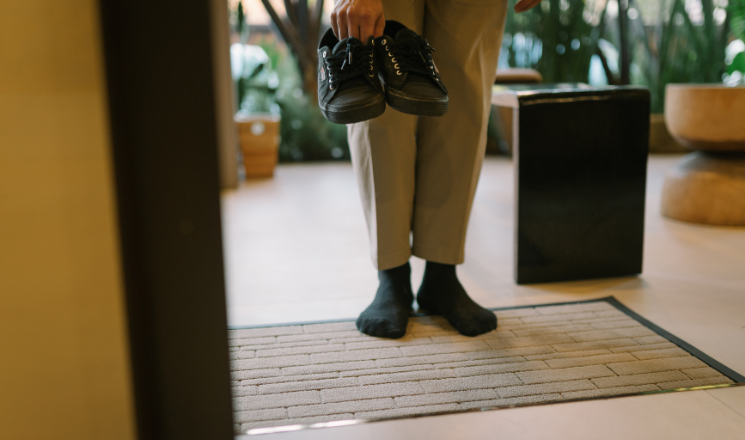
- Do remove shoes before entering homes or religious places.
- Do stand when elders enter a room.
- Do speak softly and avoid interrupting others.
Don’ts:
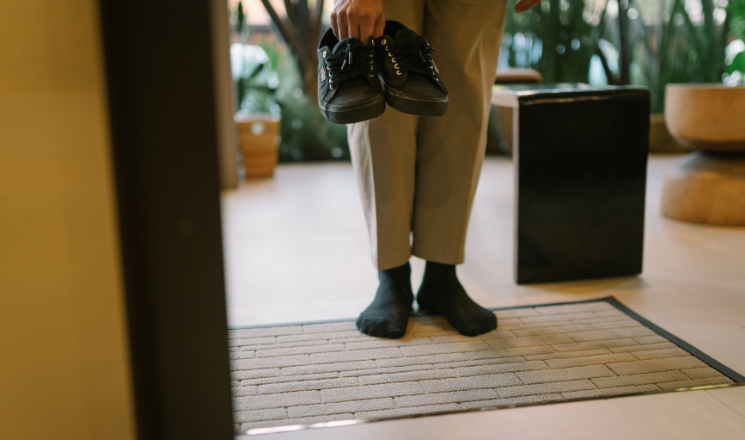
- Don’t touch members of the opposite gender unless they initiate.
- Don’t criticize religion or politics in casual conversations.
- Don’t display affection in public—it’s considered inappropriate.
Although you might not get everything right, locals appreciate sincerity. Showing a little cultural awareness makes your visit far more enjoyable and smooth.
Festivals Highlighting Food and Tradition
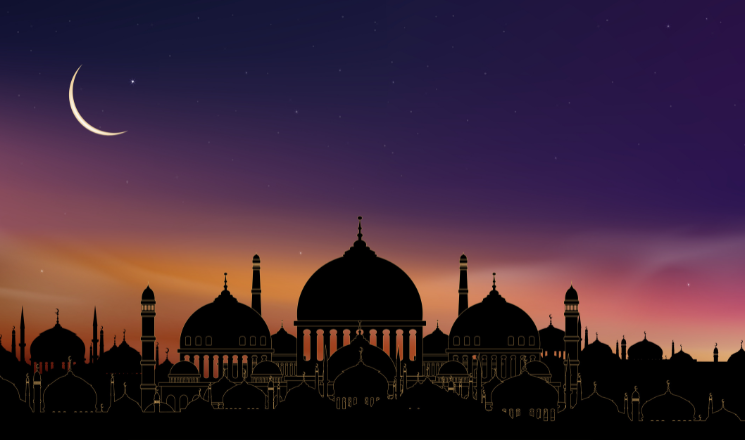
Festivals are full of joy, food, and tradition. These events beautifully capture Pakistani Food and Culture:
- Eid-ul-Fitr – Marks the end of Ramadan with dishes like Sheer Khurma and gifts shared with family and friends
- Eid-ul-Adha – A time of reflection and feasting, when families share meat and host meals
- Independence Day (Aug 14) – A celebration filled with flag displays, fireworks, and street snacks
- Basant Festival – While now limited, this kite-flying festival still lingers in cultural memory, especially in Lahore
Food plays a central role in every event—expect sweets, grilled meats, and constant cups of tea.
Language and Communication Tips
While Urdu is the national language, many people speak regional languages like Punjabi, Sindhi, or Pashto. However, English is also widely understood, especially in cities and tourist areas.

Learning a few words can go a long way:
- “Shukriya” = Thank you
- “Aap kaise hain?” = How are you?
- “Yeh kitna hai?” = How much is this?
Even if your pronunciation isn’t perfect, people will appreciate the effort.
Where to Explore Pakistani Culture and Food
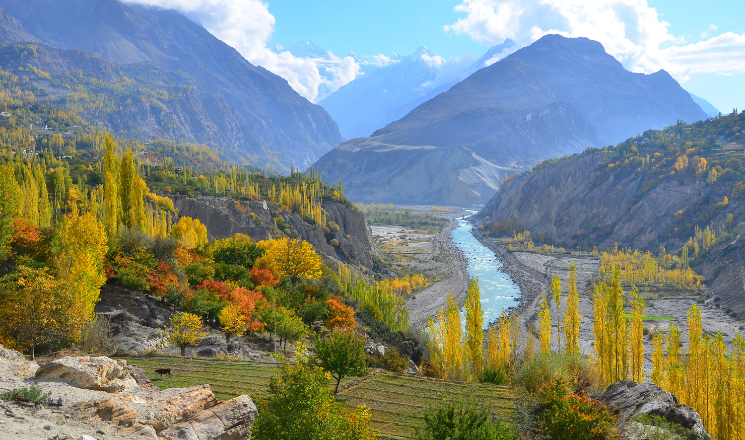
Want to truly experience Pakistani Food and Culture? These cities are must-visits:
- Lahore – The heart of food culture. Explore Gawalmandi Food Street, Badshahi Mosque, and Lahore Fort
- Karachi – A diverse mix of cultures and seaside flavors. Try local street food at Burns Road
- Peshawar – Rich in Pashtun culture, famous for Chapli Kebabs and traditional tea houses
- Multan – Spiritual city with shrines and its legendary Multani Sohan Halwa
- Hunza Valley – Offers unique local dishes like apricot soup and unbeatable natural scenery
Apps like Maps.me, Bykea, and UrduPoint Translator help you explore and connect with ease.
Festivals Highlighting Food and Tradition
Traveling through Pakistan is about much more than sightseeing. When you dive into Pakistani Food and Culture, you start to understand the soul of the country. Through warm meals, kind hosts, and ancient customs, you gain not just memories but perspective.
Respect the culture, enjoy the flavors, and keep your mind open. Pakistan welcomes you not just as a traveler—but as an honored guest.
